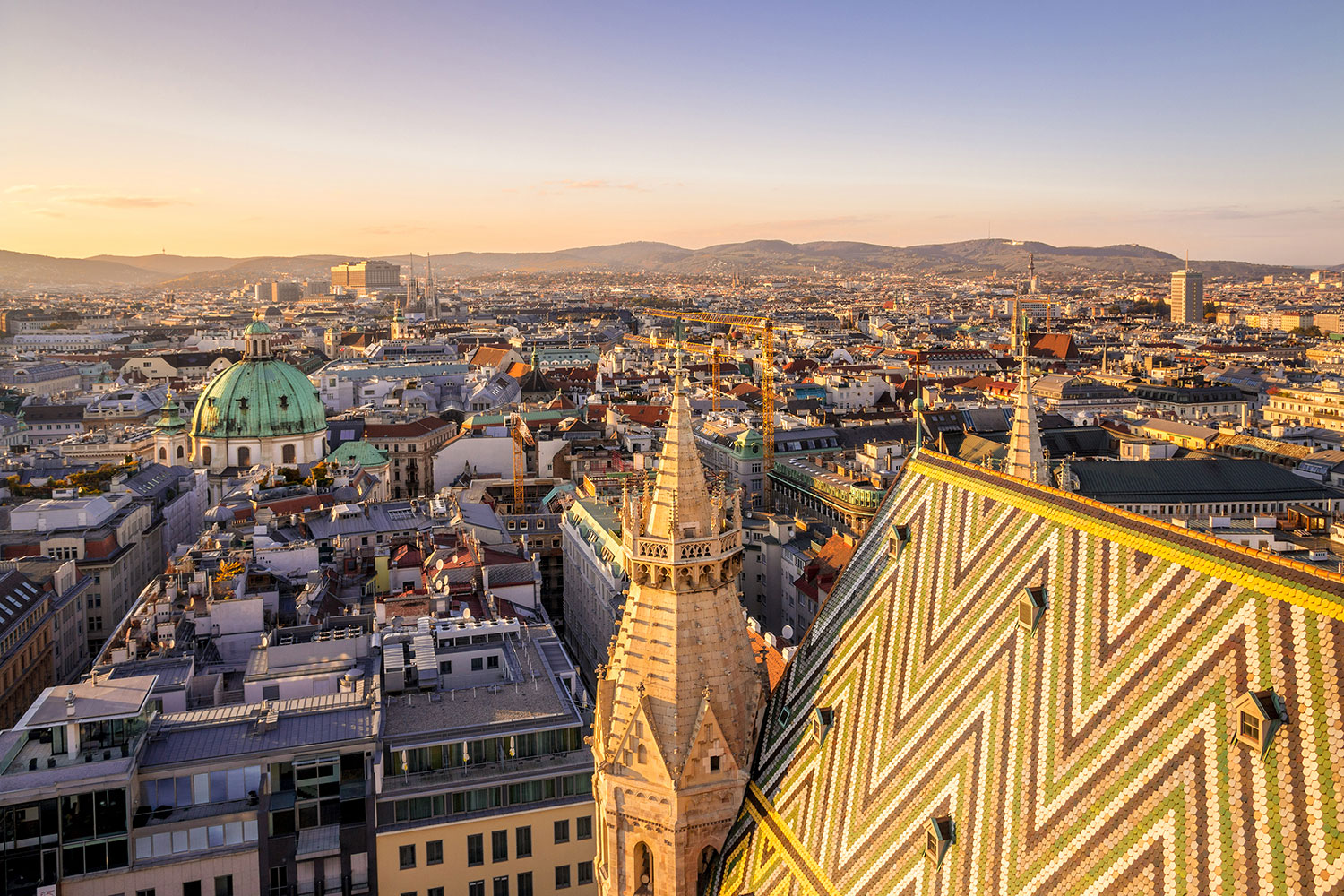The old rivalry between Melbourne and Sydney is likely to continue after both bagged perfect scores in infrastructure, education and healthcare in the 2019 rankings for the world’s most liveable city, but it wasn’t enough to knock Vienna out of first place.
Last year, Vienna ended Melbourne’s seven year reign at the top of the Economist Intelligence Unit’s (EIU) Global Liveability Index. Vienna maintained its lead this year due to its higher score in the stability category (Vienna 100 to Melbourne’s 95) – although there are still just 0.7 points between the two cities’ overall scores.
The index rates 140 cities around the globe on their performance against 30 factors grouped into the categories of infrastructure, culture and environment, stability, education and health care.

Sydney rose from fifth to third place – the only city in the top 10 to improve its performance from last year. The report credits this improvement to an increased focus on tackling climate change through the Sustainable Sydney 2030 strategy.
Two other Australian cities also made the top 20. Adelaide held on to 10th place after dropping from 5th place in 2018, and Perth was steady at number 14.
Adelaide’s infrastructure score was 96.4, which encompasses the quality of roads, public transport, international air links and housing, as well as telecommunications, water and energy.
This was only a few points behind Sydney and Melbourne’s perfect 100 in the category, and strong infrastructure investment in the three states should see them maintain this high standard in coming years.
Melbourne vs. Sydney
While Sydneysiders might be excited about closing in on their southern rival, it is worth noting that the EIU index is based primarily on subjective (qualitative) ratings, with only general health care, humidity and temperature rating, level of corruption, and public education indicators based on qualitative data from external sources.
According to Dr Lucy Gunn from the Centre for Urban Research at RMIT University in Melbourne, the index is a marketing tool to give executives a broad sense of a city’s living conditions. This is useful to calculate hardship allowances for employees moving to parts of the world with significantly lower living standards, but there’s “not much in it” between top ranking cities like Sydney and Melbourne, which are only 0.3 points apart.
“Both Melbourne and Sydney are highly liveable cities and that’s true of all Australian cities,” Gunn said.
Climate change a threat to liveability
While Australian cities have done well in the liveability index, others in our region have not been so fortunate. According to The Economist, Australia and Australasia is the most diverse region with a cluster of cities near the top and bottom of the ranking.
For example, Papua New Guinea’s capital Port Moresby was in the bottom 10 at number 135 out of 140 countries, just above Karachi in Pakistan and Tripoli in Libya.
While the EIU states that most cities around the world are gradually improving their scores in infrastructure, education and health care, these gains are being threatened by the effects of climate change, including extreme weather events such as flooding and rising temperatures.
While developing countries might be the least resilient to these changes, the report points out that top performers are also at risk.
“Only a coordinated global effort to limit the rising temperature of the planet will succeed in maintaining current levels of liveability across the world,” the report added.